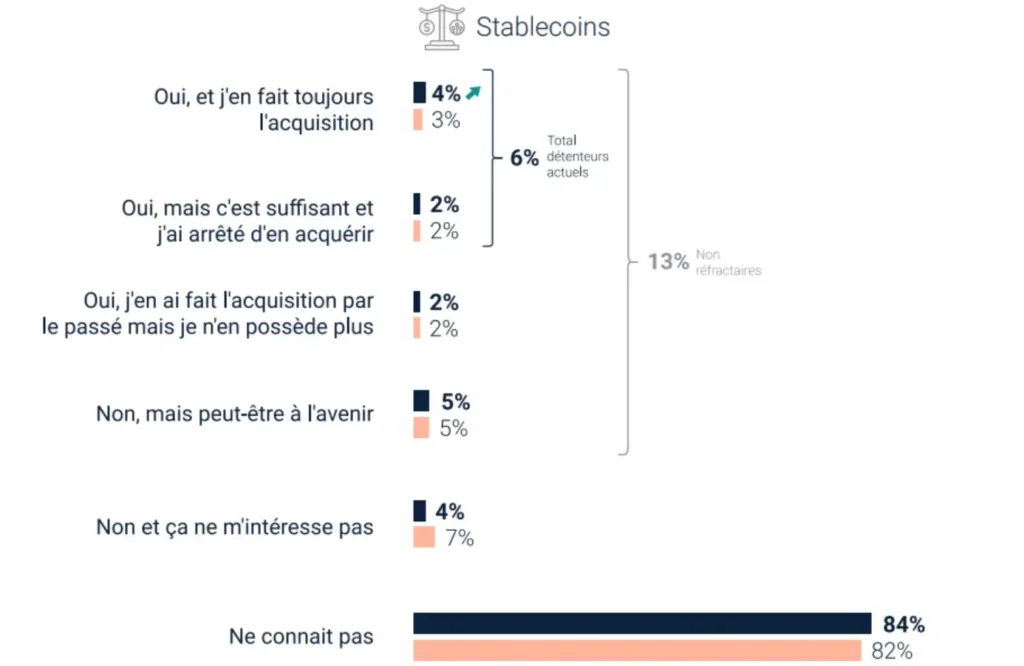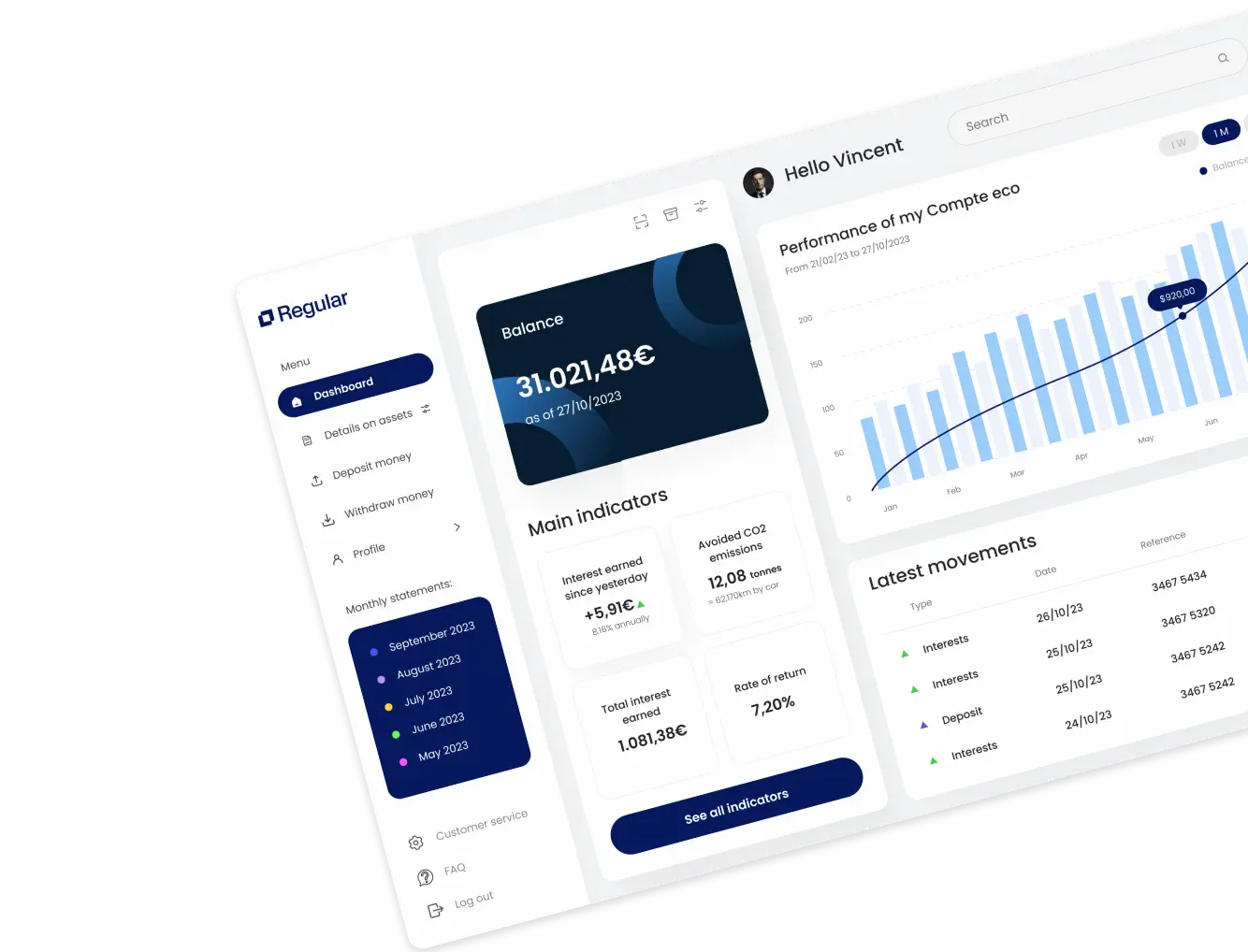In June 2023, the European Union reached an important milestone in crypto-currency regulation with the adoption of the Regulation on Crypto-Asset Markets, known as MiCA (Markets in Crypto-Assets). This ambitious regulatory framework aims to provide legal clarity and enhanced investor protection in a rapidly expanding sector. One of the central components of MiCA concerns stablecoins, digital assets designed to maintain a stable value by being backed by assets such as currencies or gold.
MiCA’s stablecoin component came into force on June 30, 2024.
Definition and classification of Stablecoins
MiCA distinguishes between two main categories of stablecoin: asset-referenced tokens and e-money tokens. The former are backed by a basket of assets such as currencies, commodities or crypto-assets, while the latter are backed solely by a specific fiat currency, such as the euro or US dollar. This classification aims to tailor regulatory requirements to the specific risks associated with each type of stablecoin.
Requirements and Obligations
Since June 30, 2024, stablecoin issuers have been required to obtain prior authorization from the relevant national authorities before offering their services in the EU. This authorization is conditional on several criteria, including transparency on asset reserves, the implementation of risk management mechanisms and strict liquidity obligations to ensure token stability. Issuers must also publish a white paper detailing the characteristics of stablecoin, the associated risks and the rights of holders.
Consumer protection and financial stability
MiCA includes specific measures to protect consumers, such as the right to redeem stablecoins at any time, and safeguards against fraud and abuse. In addition, supervisory authorities will have the power to suspend or prohibit the issuance of stablecoins if they present significant risks to financial stability.
This consumer protection is welcome and should boost the penetration rate. To date, 84% of people claim to be unfamiliar with stablecoins.

Which stablecoins are MiCA-compliant and which are not?
Several companies issuing stablecoins are in the process of becoming compliant.
Some have already obtained the required authorizations:
- On July 1, Circle announced that it had been approved as an electronic money institution in France by the ACPR for its euro stablecoin, theEURC (34 million euros in capitalization) and its dollar stablecoin, theUSDC (34 billion dollars in capitalization).
- Société Générale subsidiary Forge has also announced that its euro stablecoin,EURCV, is MiCA-compliant.
- Other electronic money institutions that can already issue MiCA-compliant stablecoin :
- Monerium forEURe,
- Gemini for the GUSD,
- Membrane Finance forEUROe,
- Quantoz Payments forEURD.
As far as non-compliance is concerned, to date this mainly concerns the Tether group’s two stablecoins,USDT andEURT. The group has publicly stated that it does not wish to comply with MiCA, at least for the time being.
Impact on the digital asset market
The introduction of MiCA represents a decisive step towards the regulation of digital assets within the EU. The regulation brings a dose of operational and financial complexity for the players involved. But in the long term, it means greater legal certainty and investor confidence.
In short, MiCA marks the beginning of a new era for stablecoins in Europe, combining consumer protection, financial stability and the promotion of innovation. The coming months will be crucial in observing how this regulation will be implemented, and what concrete implications it will have for the digital asset market.
Concerning the eco Account
For the eco Account, the customer experience remains unchanged: all you have to do is make a transfer to credit your account, and the rest is managed by our services.
For the record, our model uses stablecoins only indirectly. By making an investment on your eco Account, you don’t buy stablecoins directly: you become the owner of stakes in performance protocols and liquidity pools where stablecoins are exchanged.
For example, eco Account assets currently include a stake in the Yearn protocol, on its USDC Vault. We invest USDCs in it, and in return we receive tokens – “yvUSDCs” – which are shares in this vault. When you invest in your eco Account, you become the owner of yvUSDC tokens, which generate income that is paid out to you every day (minus service charges). And you can sell these yvUSDC tokens at any time by withdrawing them from your account.

